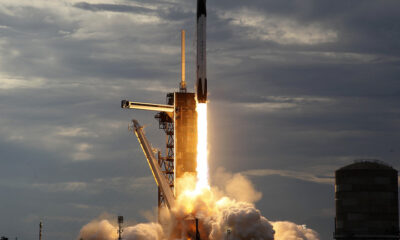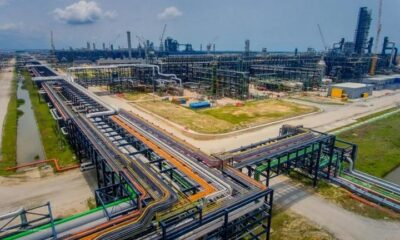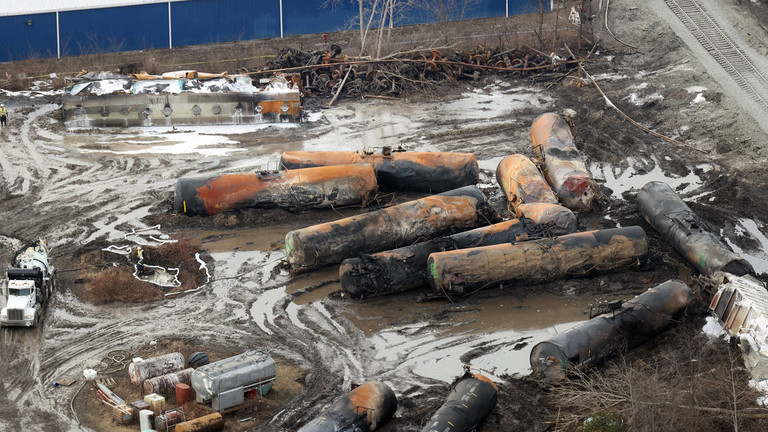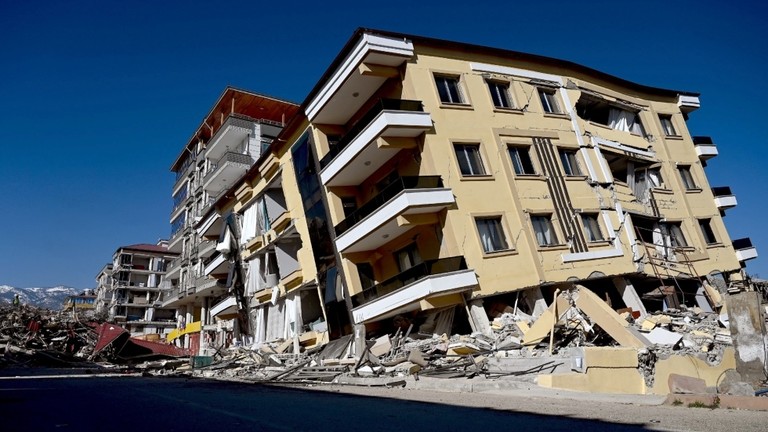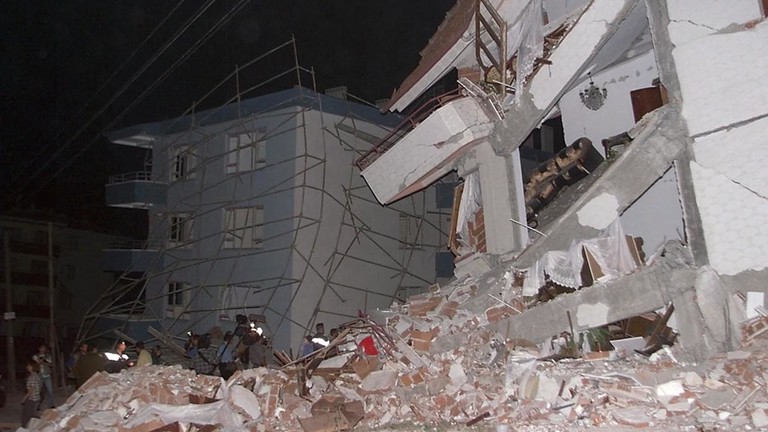The solar-powered vehicle is equipped for a variety of long-term surveillance operations, according to the chief designer
China successfully tested on Saturday its first large drone powered exclusively by solar energy, and designed to fly in near space, the country’s state-owned planemaker said. The vehicle could fulfil the some of the functions currently performed by satellites.
According to the Aviation Industry Corporation of China (AVIC), the vehicle, named Qimingxing 50, or Morning Star 50, took off in the city of Yulin, in northwestern China, and safely landed after a 26-minute flight.
The company said that after its maiden flight, all of the UAV’s system components were in good condition. It also noted that the drone features a super-high aspect ratio and the first twin-fuselage configuration for its size, and is solely driven by solar power.
According to the release, the aircraft is propelled by six electric motors and is designed to conduct long-term operations in near space.

Zhu Shengli, the drone’s chief designer, called it a “quasi-satellite,” adding that the aircraft can embark on a wide range of operations, including high-altitude reconnaissance, forest fire monitoring, atmospheric environmental inspection, aerial mapping and communication signal relay.
He said the solar-powered drone will improve China’s operational capability in near space and over the oceans. According to a number of experts, at an altitude of 20,000 meters or higher, where there are no clouds, the drone can use its solar panels to their maximum capacity, which may enable the vehicle to stay airborne as long as its solar equipment is operational.
According to an unnamed Chinese aerospace expert interviewed by the Global Times, satellite services are not always available due to the limited number of satellites and overhead passages that follow a relatively fixed schedule. However, he said near-space drones could offset those disadvantages in time-sensitive missions. He noted that satellite services could also be sabotaged in wartime, so near-space drones can replace them in that scenario.
Qimingxing 50 is not the first Chinese space UAV, with two Chinese space companies already having built solar-powered drone models capable of flying at similar altitudes.
The US and the UK also possess such capabilities. The UK’s Airbus solar-electric Zephyr is able to fly at a 21 km altitude, and in late August, the high-altitude Airbus Zephyr S stayed airborne for 64 days, just several hours short of breaking the world record, before crashing down.
The world record for the highest altitude reached by a solar-powered drone, 29,524 meters, was made by the US’ Helios Prototype, developed by the technology company AeroVironmentInc in California, in August 2001.

 FINANCE12 months ago
FINANCE12 months ago
 LIFE12 months ago
LIFE12 months ago
 NEWS12 months ago
NEWS12 months ago
 FINANCE12 months ago
FINANCE12 months ago
 FINANCE12 months ago
FINANCE12 months ago
 WAR12 months ago
WAR12 months ago
 NEWS12 months ago
NEWS12 months ago
 NEWS12 months ago
NEWS12 months ago



